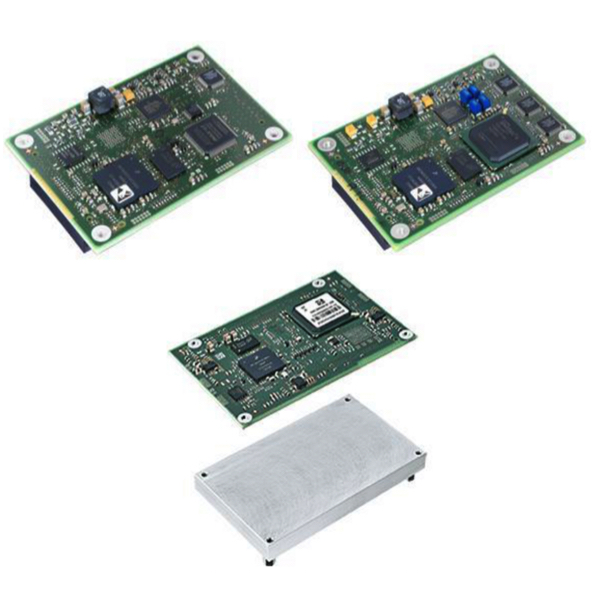Embedded Switch Kits

Embedded systems are devices designed to perform a specific application or function within a larger system. They are typically composed of a processor, memory storage, power supply and communication ports. They communicate with nearby components using actuators and sensors and will only perform designated functions after receiving the correct response. Embedded systems usually perform control and monitoring functions such as controlling switches and motors and gathering and reporting sensor readings.
A switch is a device in a network that manages the flow of data between different networked devices. Each networked device connected to the switch can be identified by its network address, allowing the switch to direct the data to the correct destination efficiently and securely.
Embedded Ethernet switches can be integrated directly into a field device for additional switch and networking functions. They provide gigabit switching technology for three Ethernet rates (100 Mbps, 1000 Mbps and 10 Gbps). They utilize ports that identify the speed of each device on the network and respond accordingly when transmitting information. Embedded ethernet switches are a cost-effective solution for upgrading and expanding existing devices in many industrial applications. They are a space-saving solution for many areas, such as remote terminal units in wind turbines, control equipment in trains and safety devices in transformer stations.
Products
Industrial Ethernet Switch: How to Select
4 things to consider when selecting Ethernet switches.
Should the switch be managed or unmanaged? Unmanaged switches receive data from connected devices and route it to the desired destination. Managed switches perform the same functions as unmanaged switches, with the added benefit of being able to configure, manage and monitor the Local Area Network (LAN).
What types of devices will be connected to the switch and do they require power? If the devices require power, a Power Over Ethernet (POE) switch will be needed. This type of switch provides power to the devices that are connected to it, as long as those devices are designed for the same type of power. This is very common in IP cameras and surveillance equipment.
How many devices will connect to the switch? Ensure that the switch has enough available ports to accommodate all devices, with spare ports available for future expansion.
How much data will the switch transfer? If the switch is going to handle large amounts of data, it is going to need to operate at high enough speeds to accommodate it. The most common options are Fast and Gigabit. Fast allows up to 100 megabytes per second to be transferred, while Gigabit allows up to one Gigabit per second.


